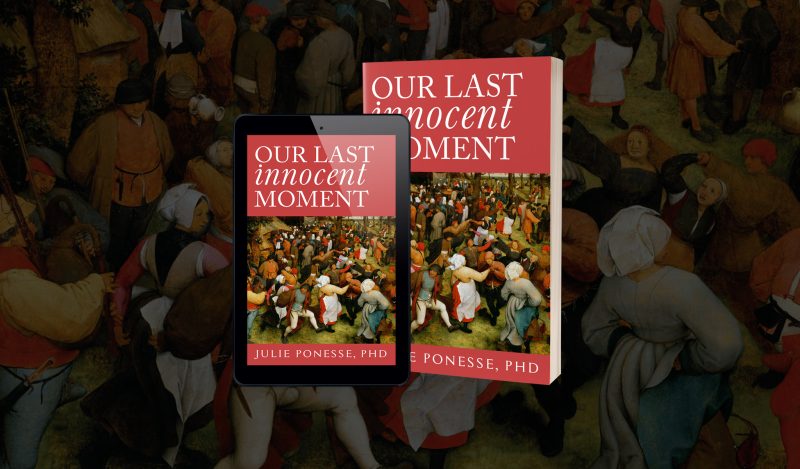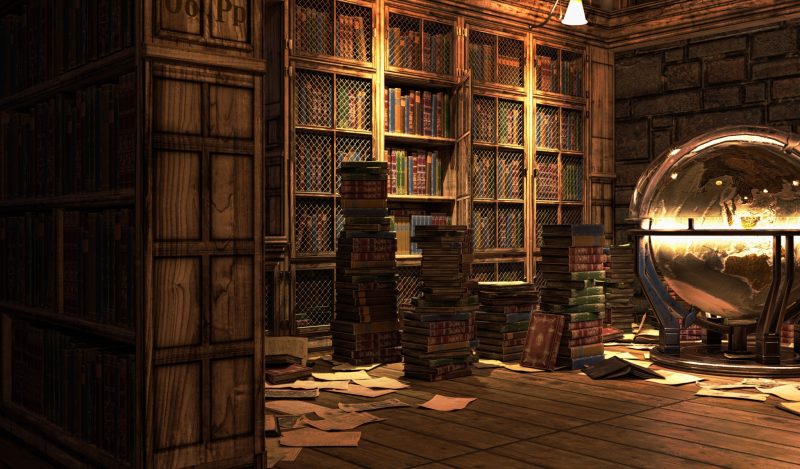Just this weekend, I spoke at one of my favorite venues, the Liberty Forum in New Hampshire, which is an annual conference center on the Free State Project. It’s designed to encourage people to pick up and move to the freest state in the country for community and to help protect the state from the fate that befell Massachusetts, Connecticut, and Rhode Island.
My first time speaking there was 2012, I believe, and I came away with an interesting revelation, which I can summarize as “Liberty is a hands-on task.” In my career until that time, the problem of economic and political matters were mostly matters of theory and I had spent most of my time reading and distributing high theory, a task I loved and still do.
But coming to this event in New Hampshire I found something else entirely; a group of people who were busy doing things in practice to live freer lives. They were small business people, real-estate agents, people with alternative currency systems, people raising and selling food on and from their own farms, organizers of houses of worship and community centers, homeschoolers and school entrepreneurs, and much more besides, including office holders focusing on laws and legislation.
It was here, for example, that I acquired my first Bitcoin, which in the early days showed great promise finally to recreate money in a way that government could not ruin. It struck me at the time as among the greatest inventions of the human mind. Tellingly, it did not come from academia (so far as we know) but from tinkerers who wanted to solve the problem of double spending on digital monetary units. It was genius. The economics journals ignored it for many years, of course.
At this event were and are the practitioners. There is not one path forward but many, each person creatively implementing their own version of the freedom ideal. I recall being puzzled a bit by this approach but later inspired. I felt like a pianist who had only known scales and arpeggios who finds himself listening to a concerto by Liszt. I came to realize the difference between theory and practice, between the academic class and the people in clinical practice.
Theory should never be put down but we make a mistake in thinking that this is the whole of the task. Theory alone introduces its own dangers of following a logic to the point of absurdity that goes unnoticed. Minor mistakes in thinking can metastasize and create models that make no sense in reality. Theory unchecked by practical experience can even be catastrophic.
I knew an architect at university who received a large grant to develop a community of residences, which he did according to the highest standards of then-fashionable art and a theoretically informed sense of how people should live. The results were intriguing but the builders fought with the architect the entire time. The roofs had no overhang, the wiring and pipes under the houses on stilts had no covering, and the bathrooms had no doors, to mention just three problems.
Sure enough, once houses went on the market and faced the first winter, many design elements had to change. Residents put doors on bathrooms, the roofs were all retrofitted, and the open basements were all closed in and insulated. This was all made necessary once the first rains led to flooding and the first freeze caused all pipes to burst. In essence, the result was a disaster simply because the architect was a designer and not a builder.
There is a lesson in this. Theory without a reality check can make the world unlivable. This is because theorists can build beautiful models that hide grave errors, intentionally or not, and there is no means by which their mistakes are revealed until you test them against the real world. You never want them in charge of the whole project.
This is essentially what happened in the Covid years. The designers of the response were academics, bureaucrats, modelers, and other highly credentialed experts. Sidelined were medical practitioners, clinical workers, and other people with hands-on experience in dealing with healthcare. As time went on a massive chasm opened between the two camps with the theorists and modelers prevailing with media megaphone.
Meanwhile, the doctors, nurses, teachers, parents, elderly in nursing homes, and really the whole of everyone else were left without discretion, their concerns and issues not only ignored but censored and blotted out from public life. To return to the above analogy, the houses were flooding, the pipes were bursting, the residents humiliated, but there was no one to fix the problem because the architect was sure that he was right.
The problem is nowhere more clear than on the issue of early treatment. Doctors know how to deal with respiratory infections. Among the products in their toolkit are nasal rinses, zinc and vitamins, HCQ and IVR, steroids for strengthening membranes, and antibiotics to prevent secondary infections. None of this was a focus of the CDC or the NIH. They had their sights on one thing only, the novel gene therapy they would call a vaccine, and they even went further to remove as far as possible repurposed drugs from the market.
This was a mind-boggling response because it contradicted all practical and clinical experience. What is the first thing one should do when faced with a new pathogen? Figure out how to make sick people get better. Aside from invasive ventilation, the government and academic theorists had no answers except for everyone to lock down and wait for the shot, which turned out to be a flop.
Here is the essence of the scandal without precedent that took place all over the world. The theorists triumphed entirely over the practitioners. The job of the rest of us was to place ourselves into their models. We were supposed to comply in order to “flatten the curve” as if any kind of widespread viral infection could be so easily modeled. We were supposed to watch the databases online to make sure we would all be doing the right thing according to someone else’s plan.
Meanwhile, for nearly two years, if you could leave your home and go to the downtown area of anywhere in the US, you saw boarded up businesses, empty streets, and the periodic saddened straggler making his way through alleyways in a mask while the kids and parents sat lonely at home consuming streaming videos and living on social media. The disaster was obvious to everyone but those who created it.
As time went on, we came to realize that the experiment was much bigger than we thought. They were not just trying to mitigate a pathogen. They were attempting to rebuild “the infrastructures of human existence.” Here we have a paradigmatic example of theory gone mad, a vision wholly unconstrained from any reality, a cockamamie idea wholly unmoored from practical tangibilities. It’s utter madness. And yet they had the power and the rest still do not.
And even today, precious few have admitted that anything went wrong. They are still blocking unvaccinated foreigners from travel, still mandating shots for kids and students, still pushing for human separation with 15-minute cities, and still swearing without a shred of evidence that they saved millions of lives. If you doubt it, they will send you to an academic study hosted on the website of the NIH.
It was the triumph of theory over practice and experience. And look what they did to the world!
The writings of Friedrich Hayek, building on Adam Smith, take the insight to a deeper level. There are many answers to social problems that are not readily part of human cognition in the present generation, certainly not to the theorists in charge, and not even to any one of us as intellectuals.
Rather, the essential knowledge that makes society work properly – in vast amounts of its functioning – and to the advantage of all its members, is dispersed among millions and billions of minds, living tacitly in our mental spaces, and it is often the product of habits and rituals of living that are inherited from long experience deep in history. We take all of this for granted and hardly think about it. Much of it is inaccessible to us and certainly cannot be extracted, modeled, and codified into a grand plan.
The great lesson of our time should certainly include grave incredulity toward any philosopher king who comes along to tell us that it is all wrong and must be replaced with a wholly new way, else we will all die from a scary new threat, whether be a new pathogen or a change in the climate or some other invisible enemy. Looked at this way, it’s truly hard to believe that anyone gave the time of day to these people in the first place.
Published under a Creative Commons Attribution 4.0 International License
For reprints, please set the canonical link back to the original Brownstone Institute Article and Author.









